Black Diamond: Finding your hold as rock climbing cams go high-tech
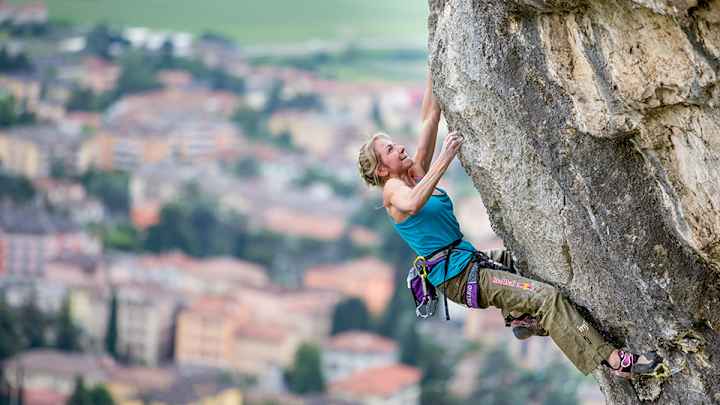
Certainty has a definite feel to it in rock climbing. And that can be a tough feeling to find when scaling rock faces full of pin scars and non-uniform placements. Enter a new style of cams from Black Diamond Equipment that bundles high-end climbing features together to secure a climber’s holds.
In the world of rock climbing, the advanced route takers seek paths full of cracks, scars and “placements” full of non-uniformity. Finding a “cam” to nudge into these holds that will secure your rope at high strength and with some funky angles requires a mix of equipment. Black Diamond’s new Camalot X4 Offset for 2014 merges different styles of climbing tech by offering a super-narrow head width to wedge into tight locations, a highly flexible armored stem and offset lobes.
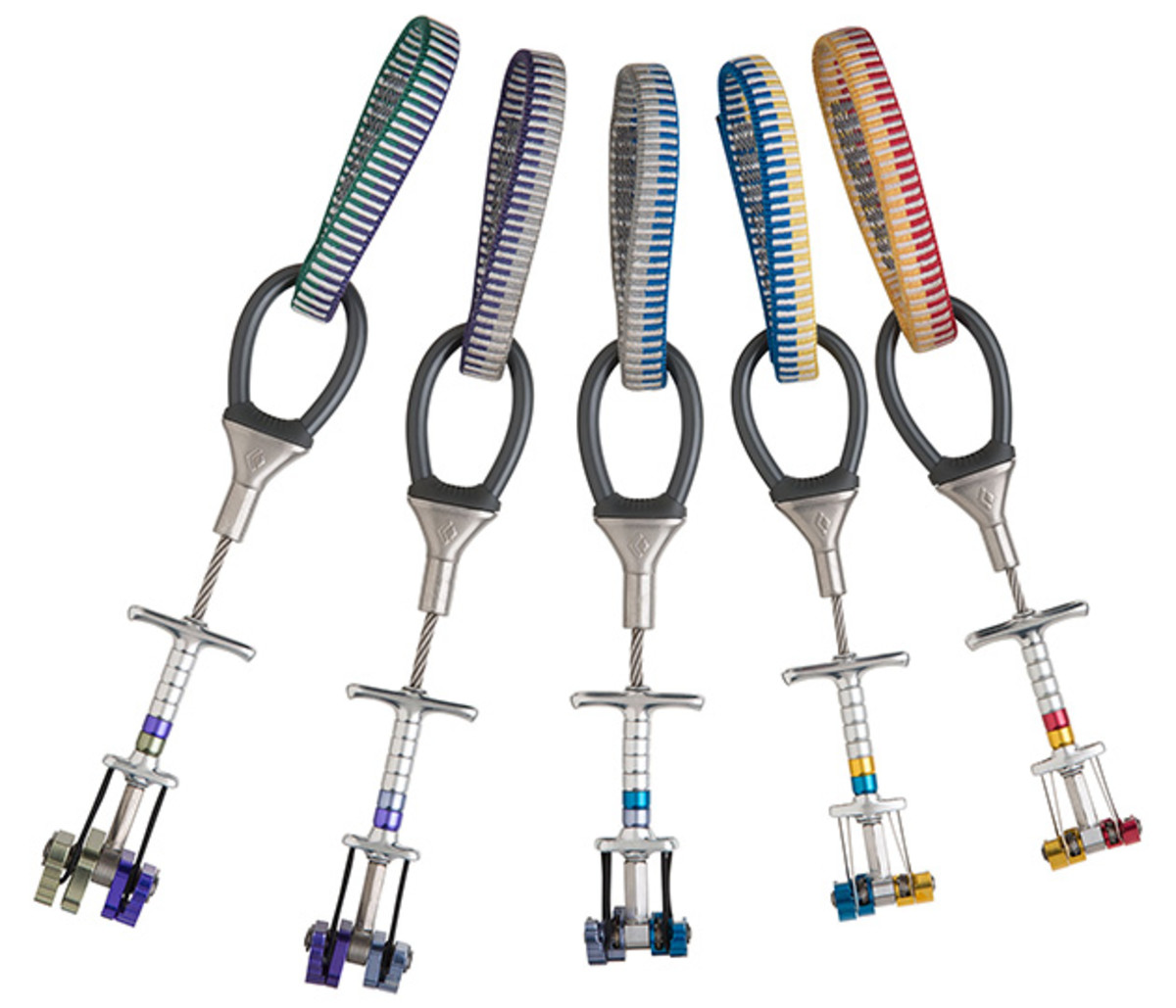
A cam works by having the climber insert the lobe end into the placement. A trigger bar will narrow the lobes to ease them past the rock before they extend and grab the rock. The lobes are attached to an axle that locks the lobes into place when tension from the climber gets applied. Getting those lobes into a secure location can make the difference between a safe fall and a traumatic one.
Bill Belcourt, Black Diamond’s director of research and development, tells Edge that the biggest challenge in creating a new style of cam is improving the range of a cam without losing its angle and then reducing the head width—to fit wherever needed—without scarifying contact area on the rock. Plus, he’s always looking to cut down weight without losing strength.
Charged Up: eBikes Energize the Cycling Industry
By moving axles around on the X4, even super-imposing them on top of each other in a stacked setup in the smallest of offerings, Black Diamond increased its cam’s range. Then, introducing offset lobes—differing sized lobes on the same cam for non-uniform locations—and “armored cables with a high level of articulation” really give the X4 the most technologically advanced cam Belcourt could dream up.
For those awkward horizontal placements, the armor-beaded cable stem provides both protection and flexibility. This all comes in some of the lightest cams on the market, but still with units designed to handle 1,124 to 2,023 pounds of force, depending on the cam size, all for as little as 1.9 ounces per cam. Of that, feel certain.
Tim Newcomb covers stadiums, design and gear for Sports Illustrated. Follow him on Twitter at @tdnewcomb.
The Wide World of Action Sports
Extreme Sailing
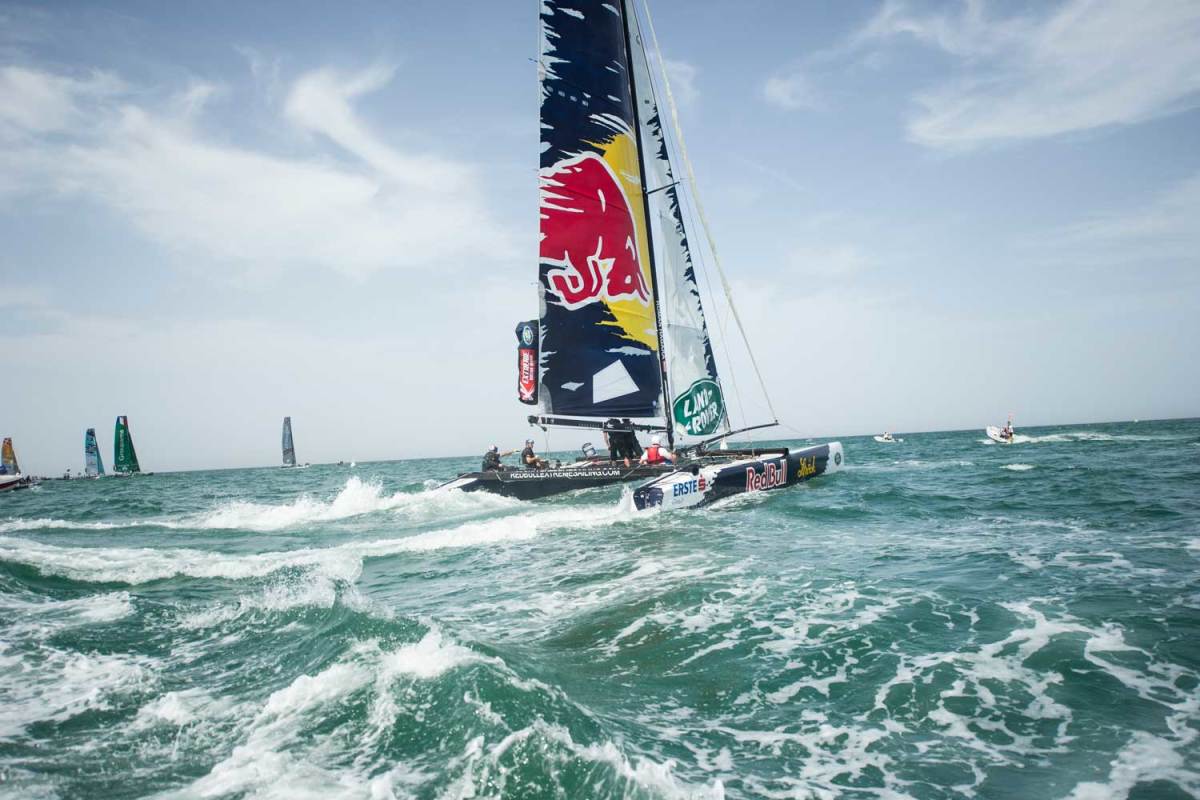
Contestants in the Extreme Sailing Series in Muscat, Oman.
Formula 1 Racing

F1 driver Lewis Hamilton hits the throttle coming down the stretch at the Chinese Formula One Grand Prix in Shanghai, China.
BMX Freestyle
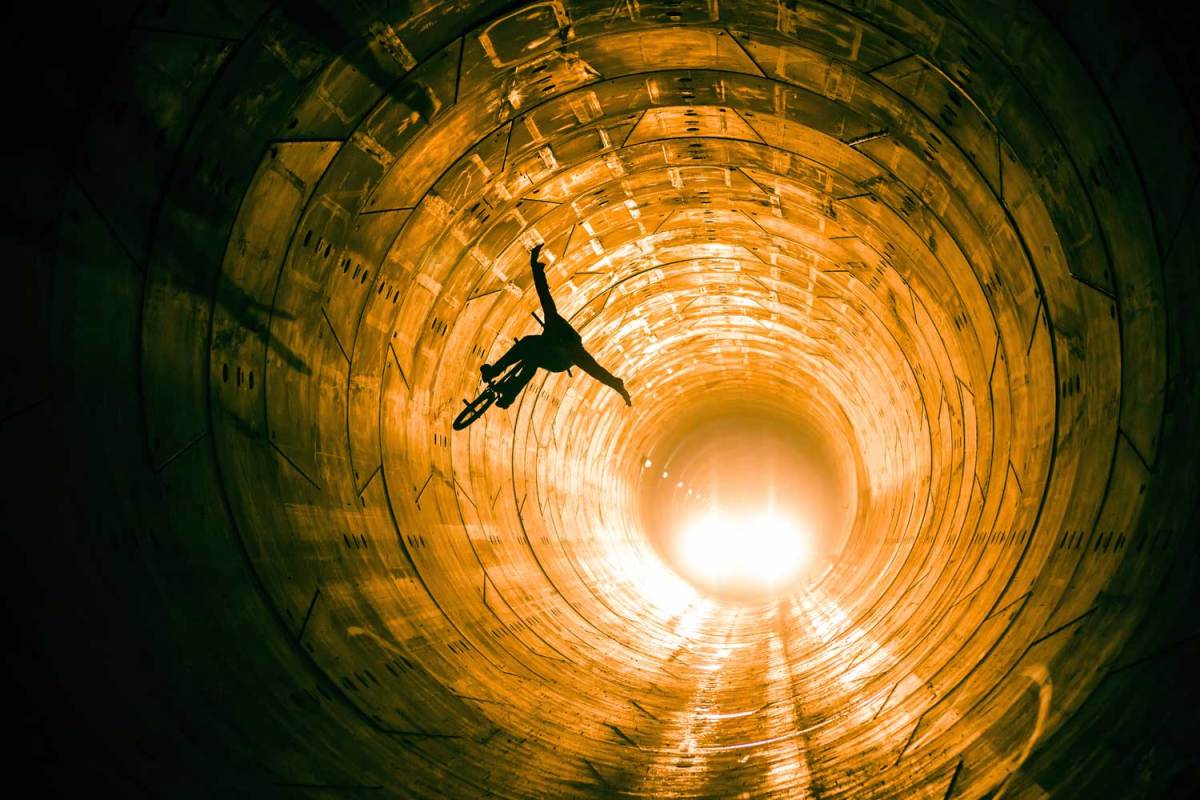
Dawid Godziek busts out a few tricks in the tunnel during the Red Bull Tube Check in Warsaw, Poland.
Hang Gliding
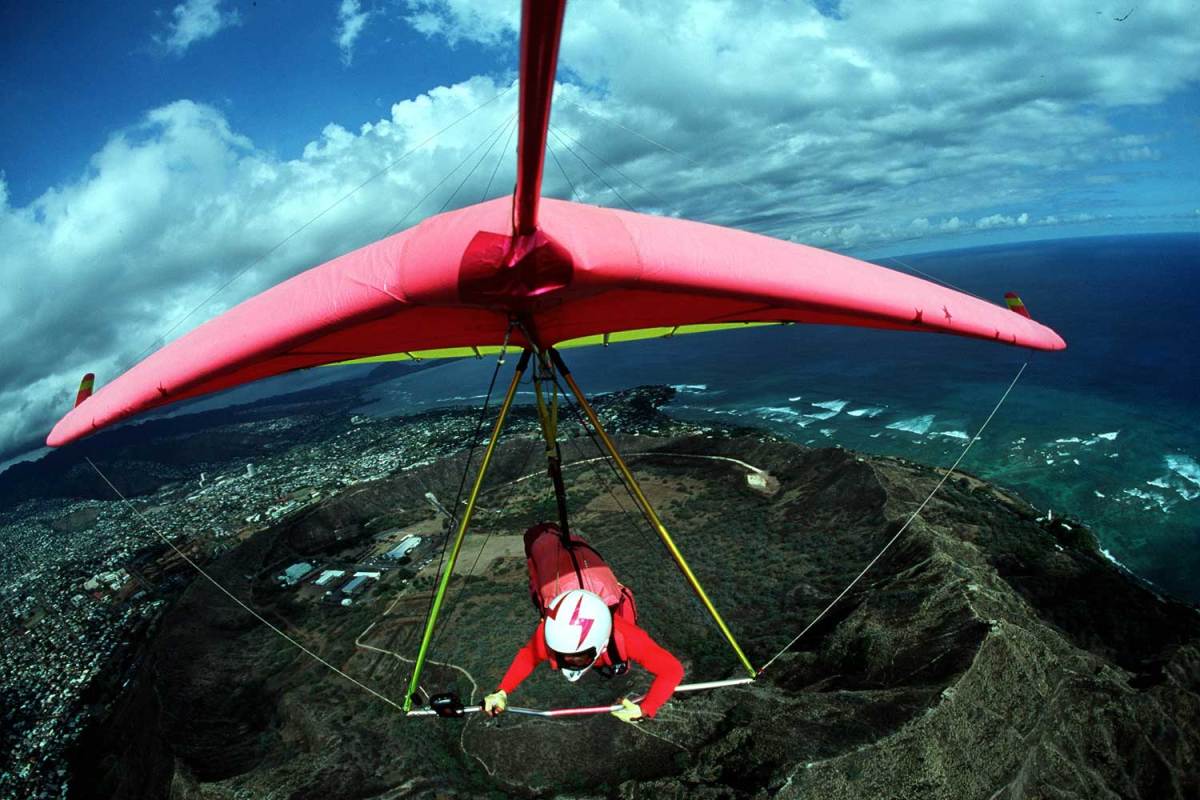
A hang gliding pilot steers his wing towards the landing zone while soaring above the ground below.
Free Climbing
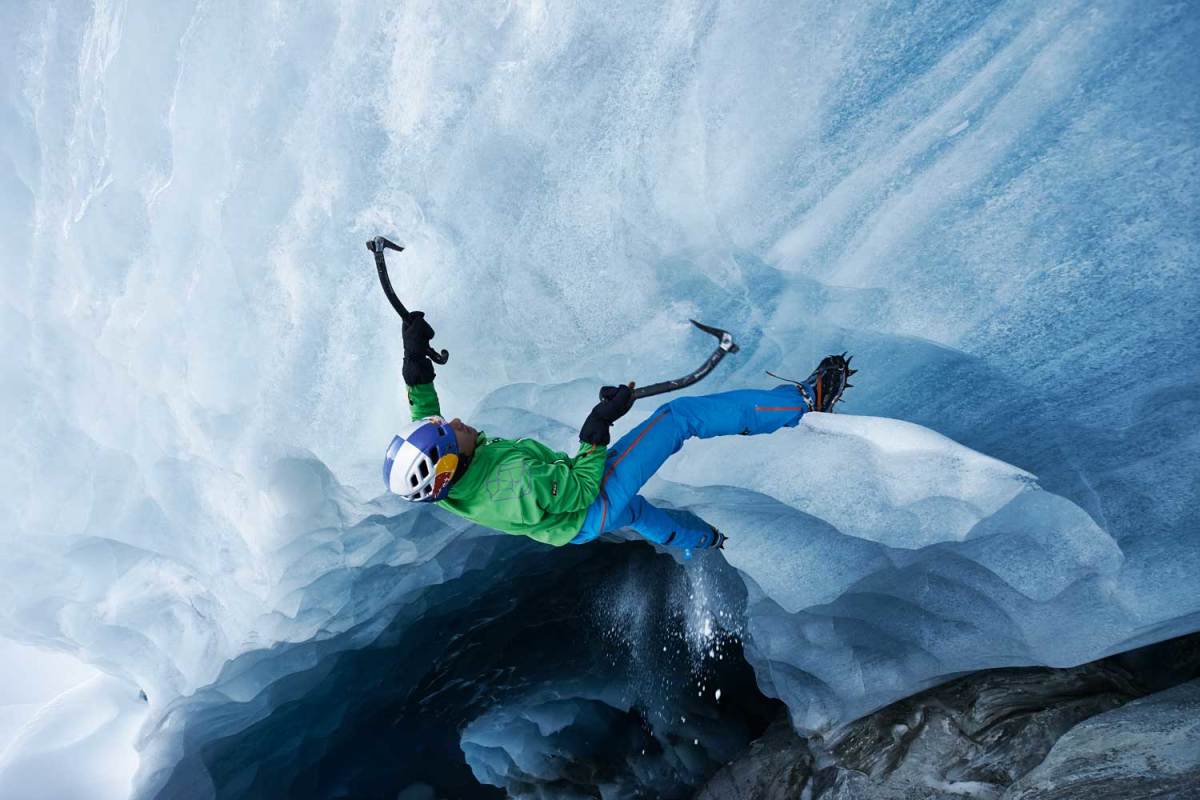
David Lama scales an iceberg in the Otztal, Tyrol, Austria.
BMX Supercross
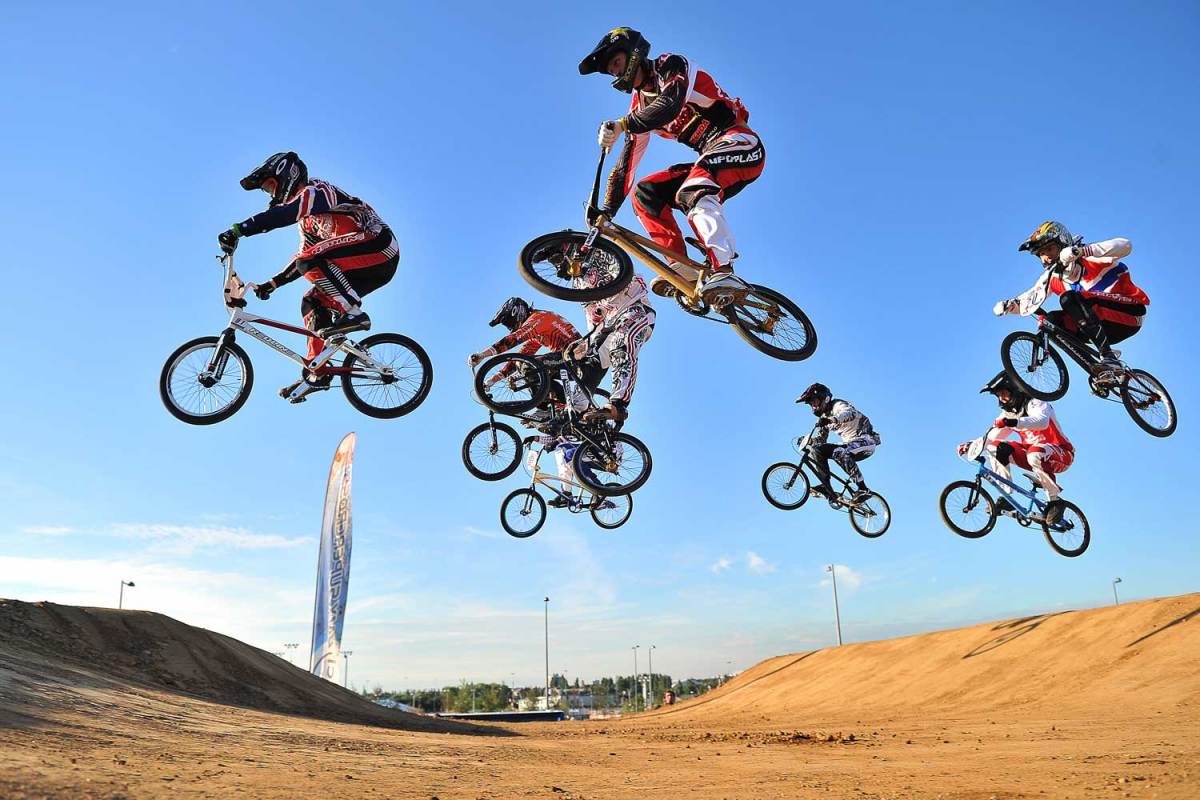
Riders fly over a jump while competing in the UCI BMX Supercross World Cup.
Air Racing
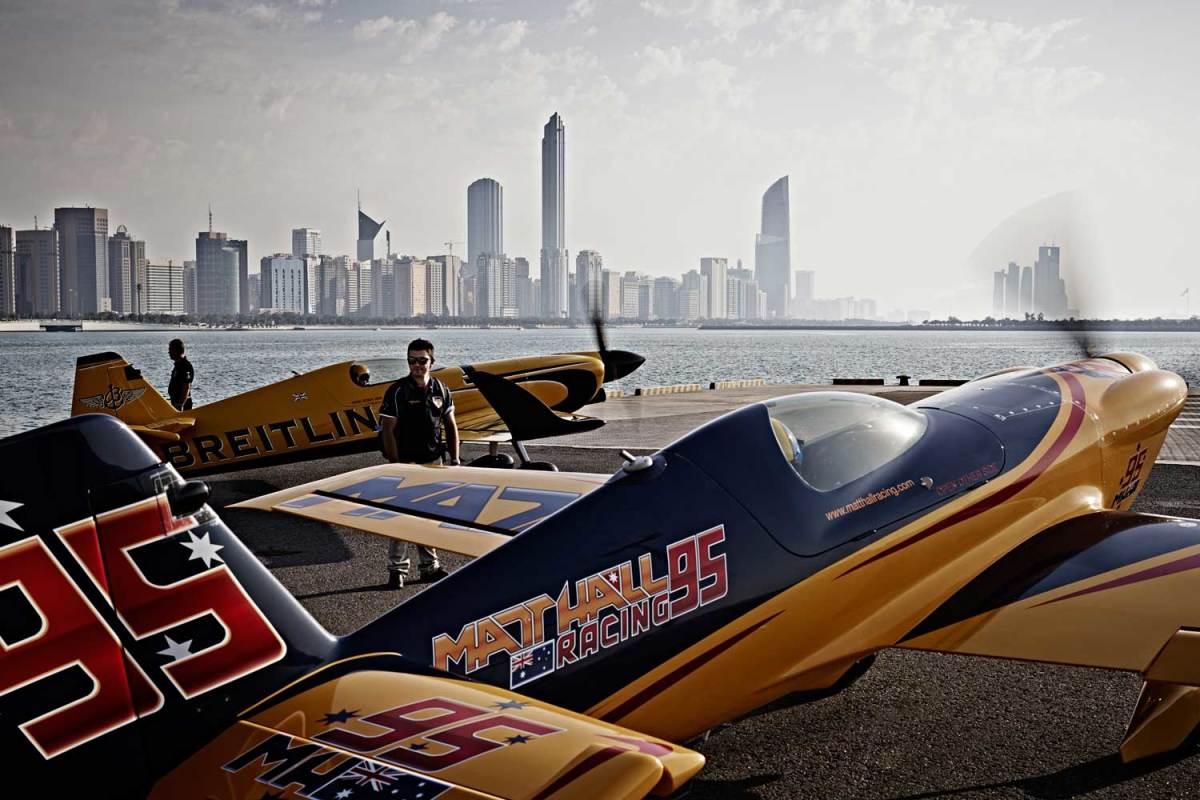
Australian pilot Matt Hall gets ready for his flight during the first stage of the Red Bull Air Race World Championship.
Air Racing

United Arab Emirates Aerobatic Team Al Fursan puts on a show after the Red Bull Air Race World Championship.
Kite Boarding
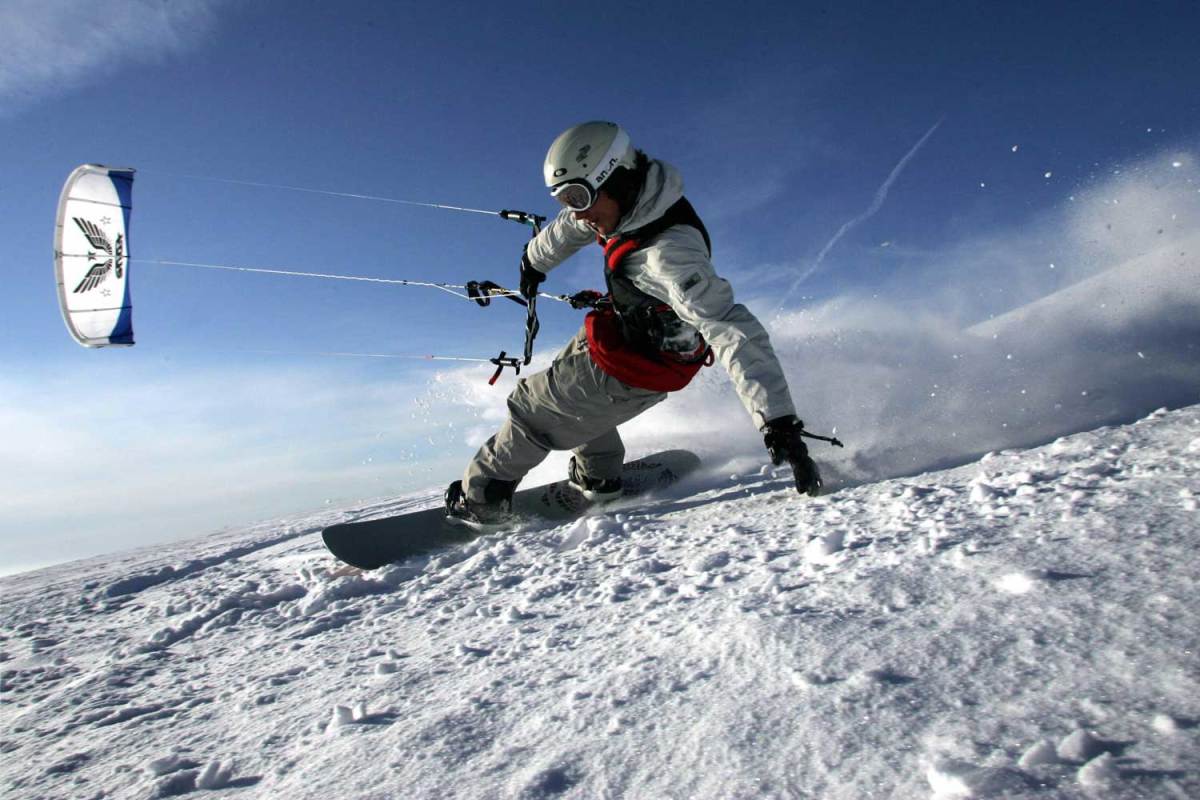
Martin Stobbe whisks down the hill on the Wasserkuppe mountain near Poppenhausen, Germany.
Off-Road Motorcylce Racing
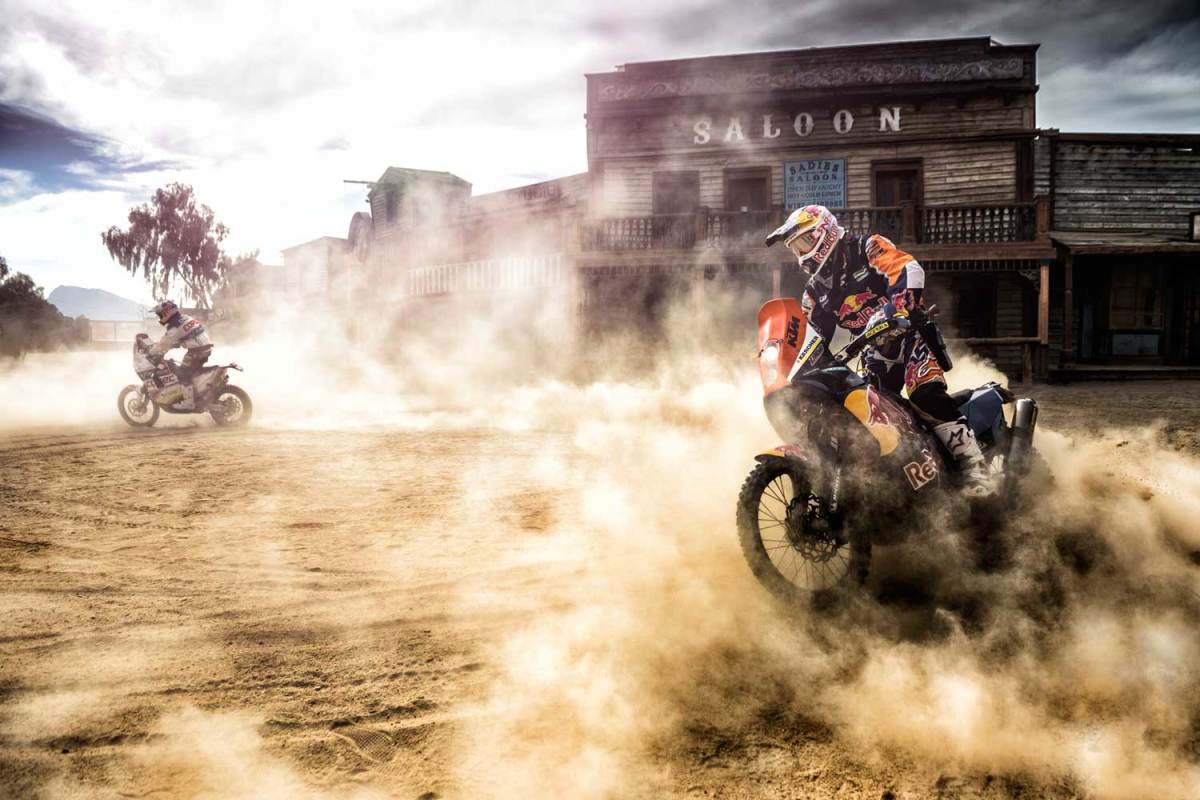
Francisco Chaleco Lopez and Ruben Faria take off in front of the saloon during an activation for Rally Dakar 2014.
Jet Skiing
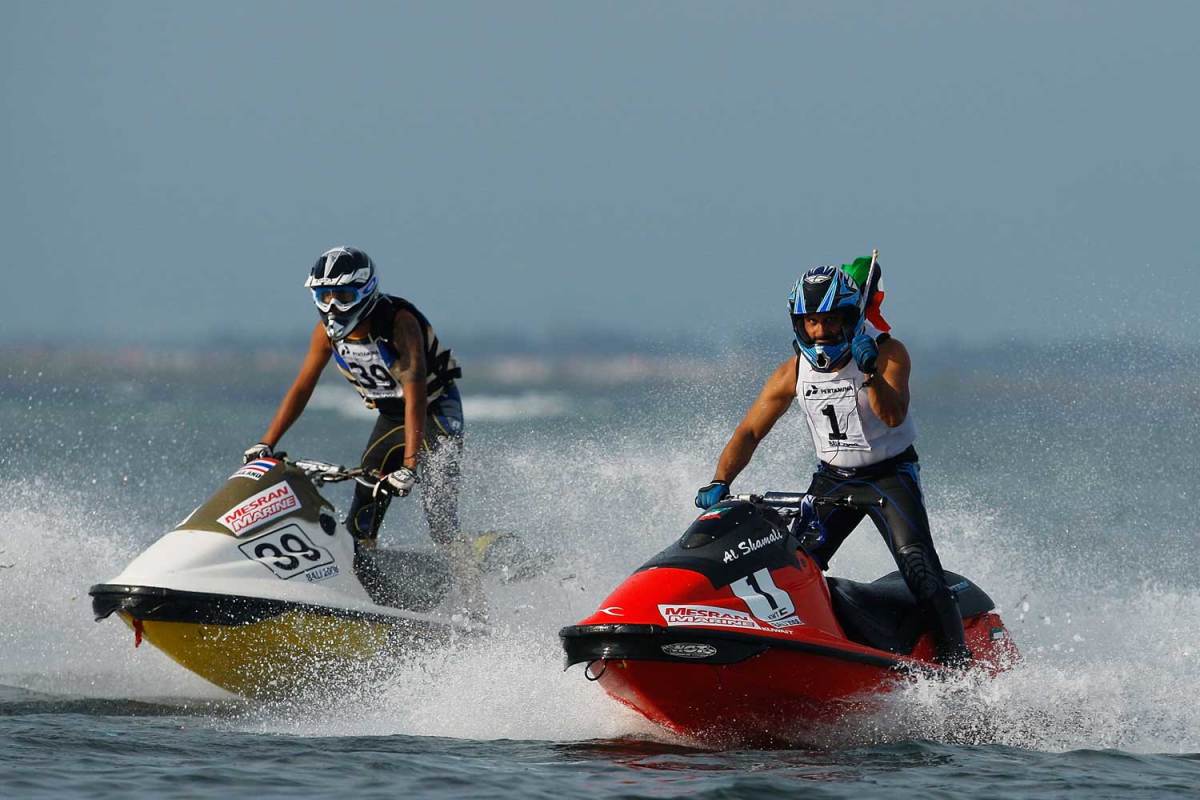
Jet skiers race to the finish in the Asian Beach Games at Nusa Dua in Bali, Indonesia.
Ice Climbing
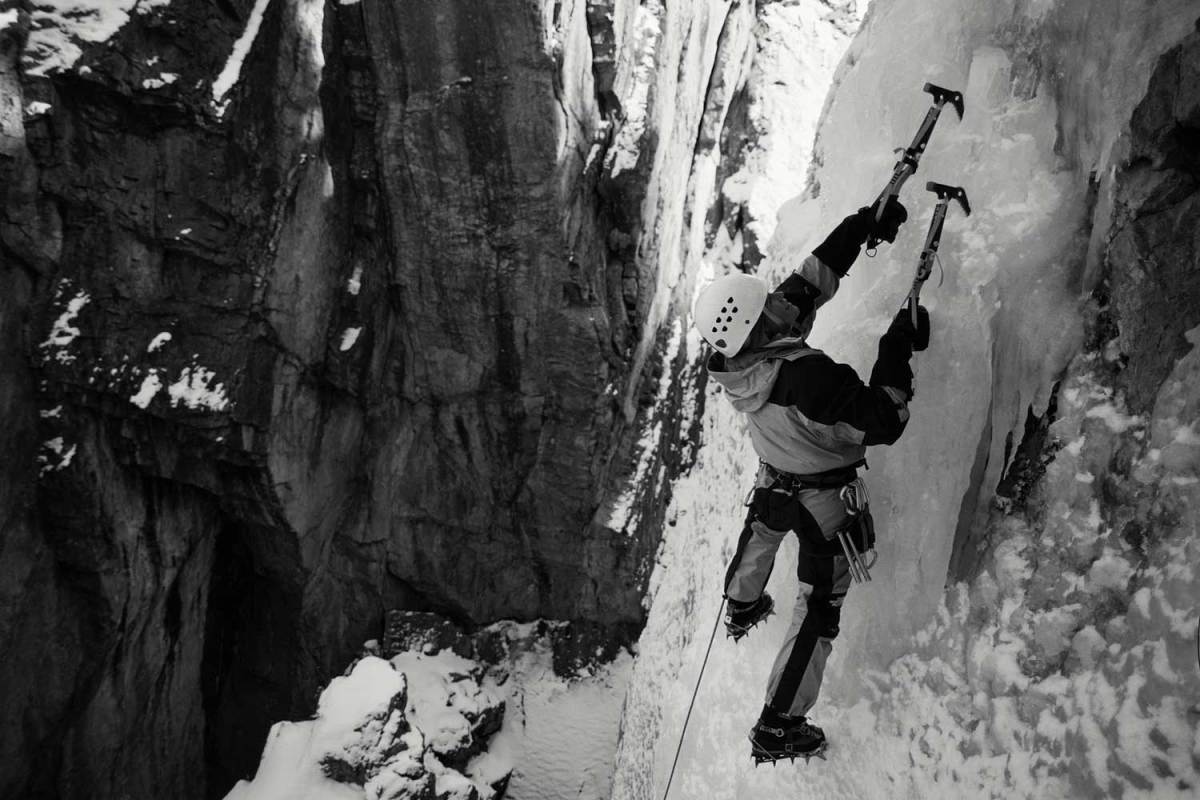
An ice climber scales a very vertical ice wall with picks and rope.
Extreme Marathoning
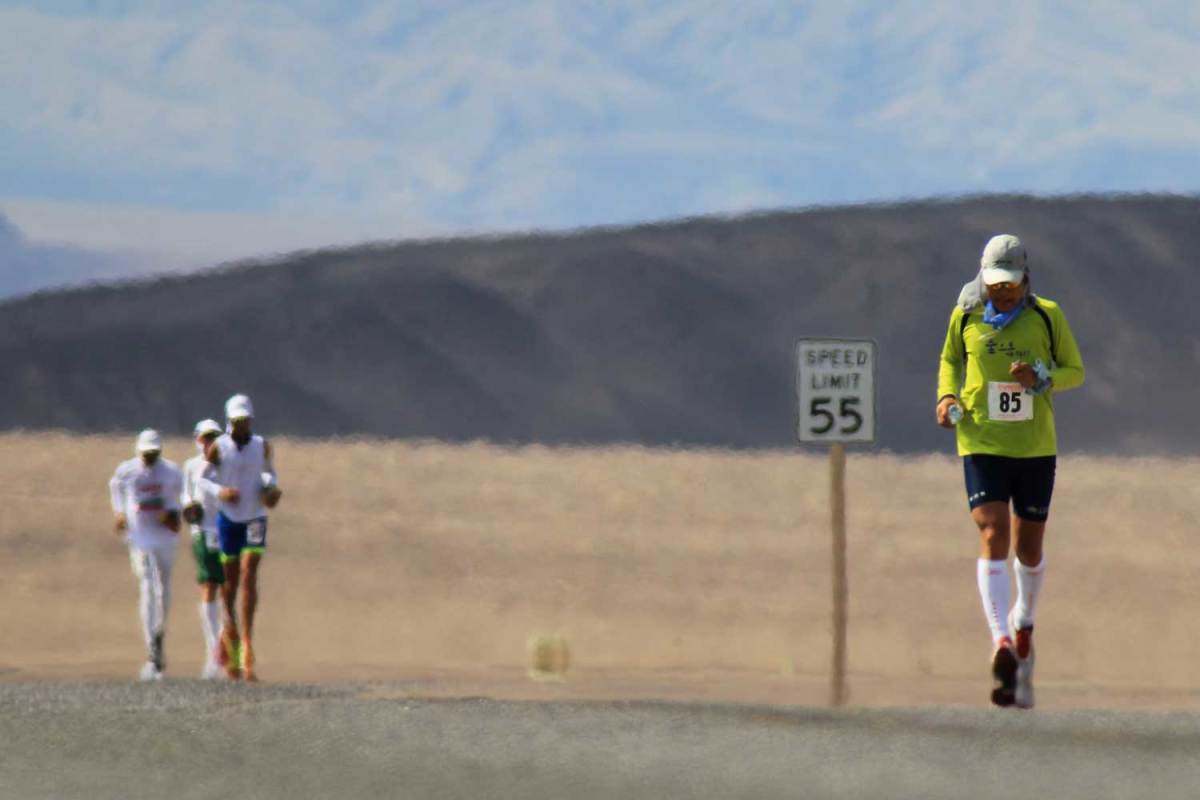
Runners trekking through the AdventurCORPS Badwater 135 ultra-marathon race in Death Valley National Park, California, where average temperatures can reach 116 degrees.
Supercross

James 'Bubba' Stewart, Ricky Carmichael and other riders get ready at the starting line in Daytona Beach, FL.
Sandboarding

Sandboarding down the dunes of Joaquina Beach in Florianópolis, Brazil.
Mountaineering

Climbing up the 'Voie royale' to the top of the Dome du Goûter in the French Alps.
Rally Racing
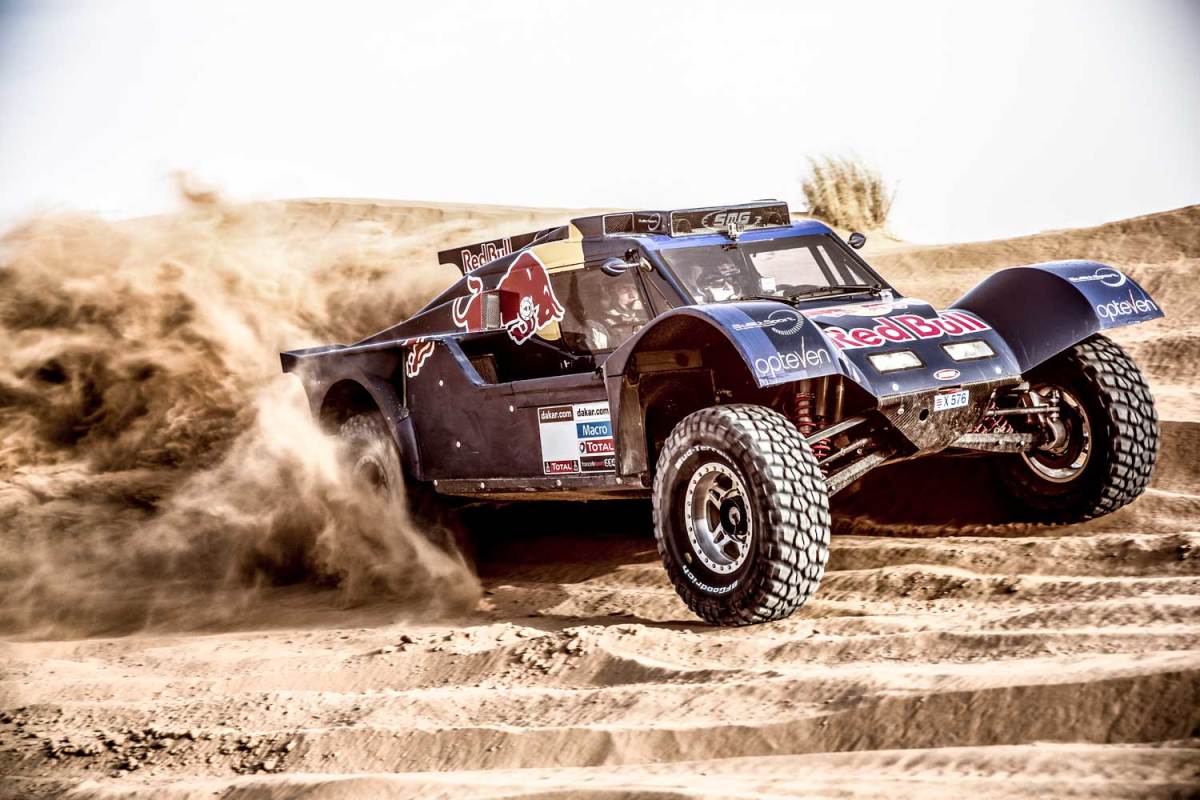
A rally car driver grinds through the desert terrain in a Subaru-powered Zero One racing buggy.
Rock Climbing
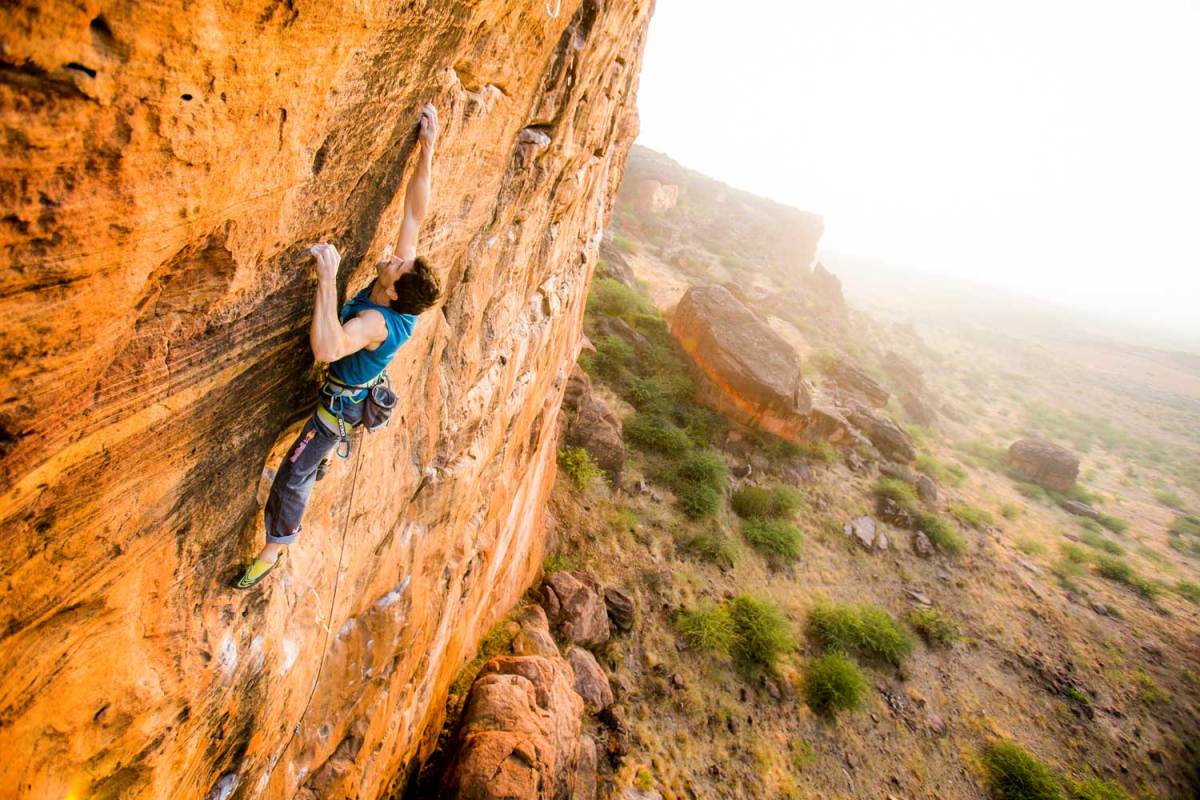
Kilian Fischhuber climbing up the side of a boulder in Badami, India.
Freeskiing
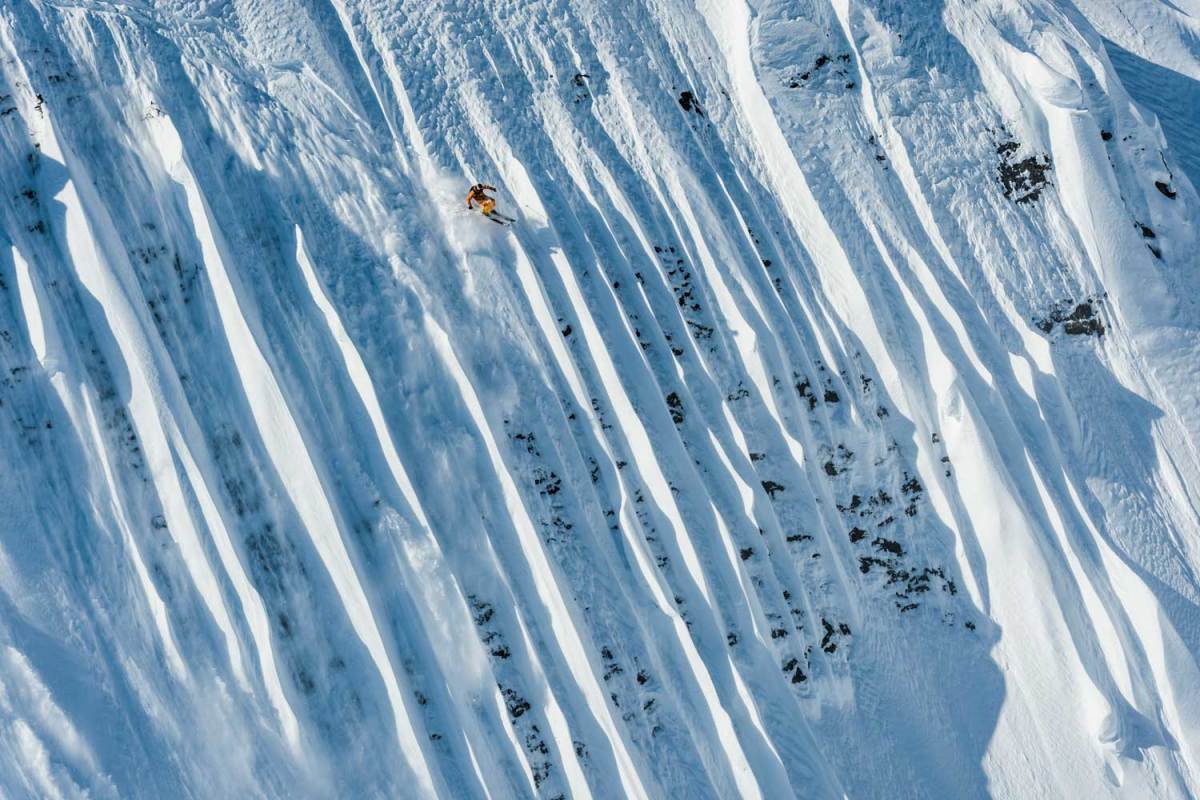
Professional skiers slicing through the side of a snow-covered mountain.
Sandboarding

Extreme sports enthusiasts boarding down the basaltic cone of Cerro Negro Volcano in the outskirts of Leon, Nicaragua.
Kite Surfing

Contestants training for the Kite Surf World Cup in St Peter-Ording, Germany.
Skateboarding
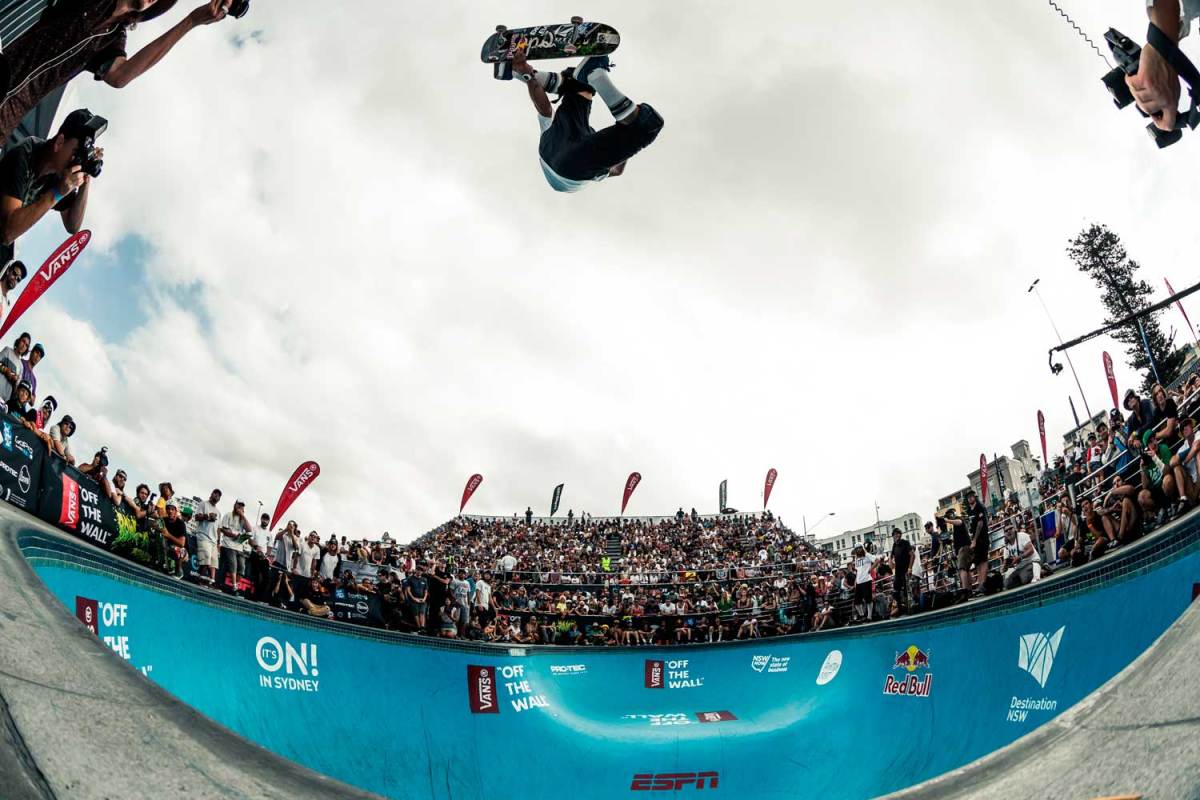
2104 Vans Bondi Bowl-A-Rama at Bondi Beach in Sydney, Australia.
Skiing
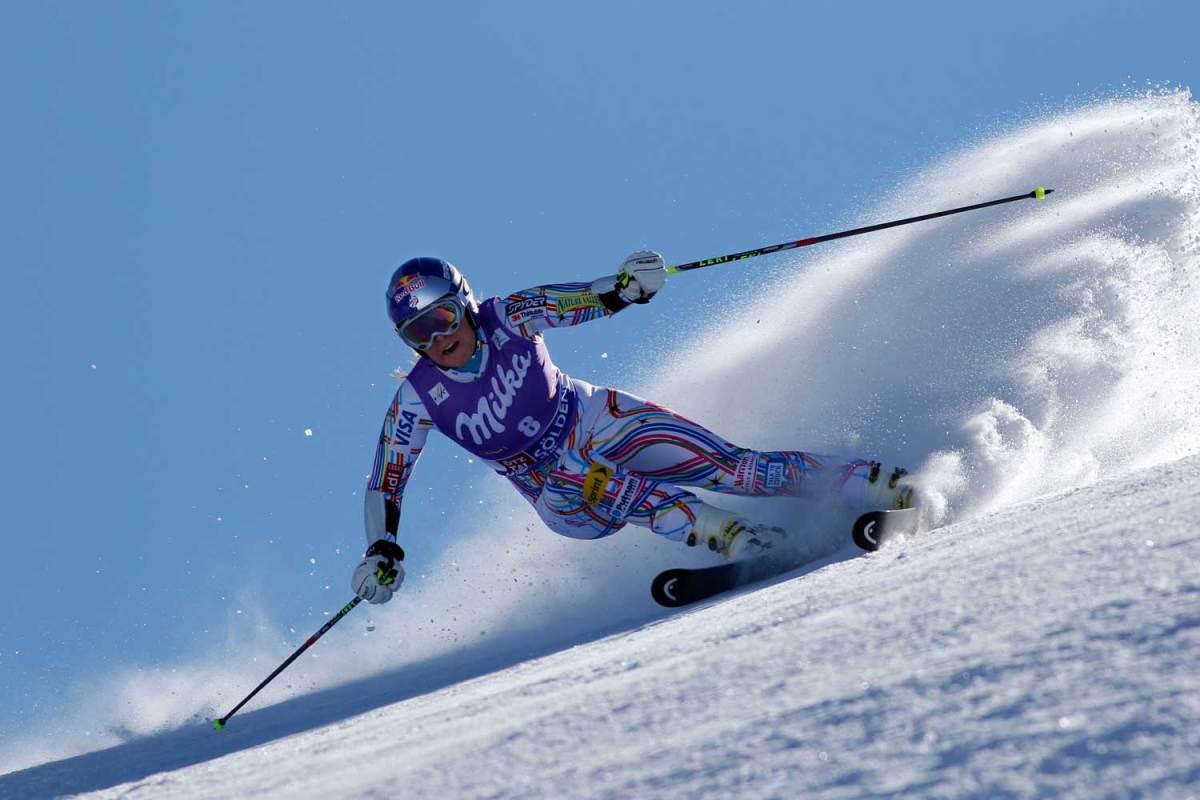
Lindsey Vonn tearing down the mountain during the Audi FIS Alpine Ski World Cup Women's Giant Slalom.
Base Jumping

Base jumpers leap from the Open Deck of the Kuala Lumpur Tower in Malaysia.
Snowboarding
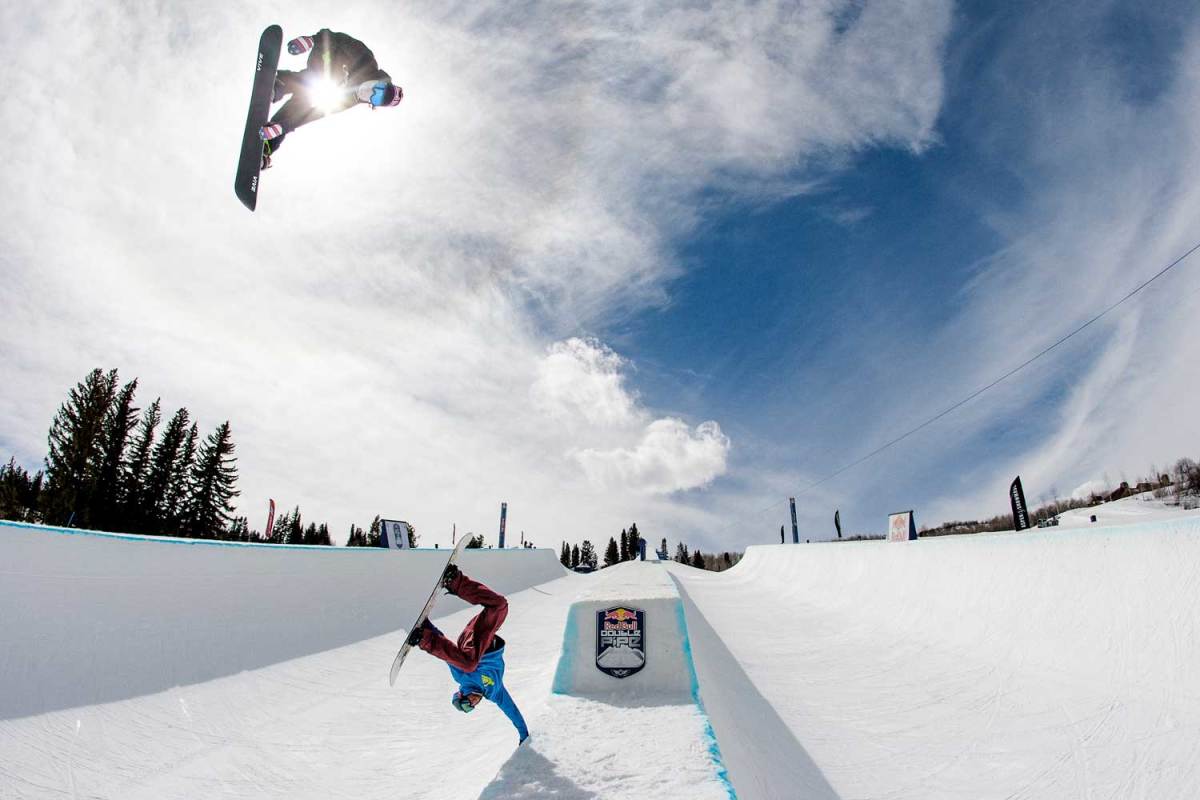
Louie Vito getting ready for action during a practice at the 2014 Red Bull Double Pipe.
Endurance Challenege
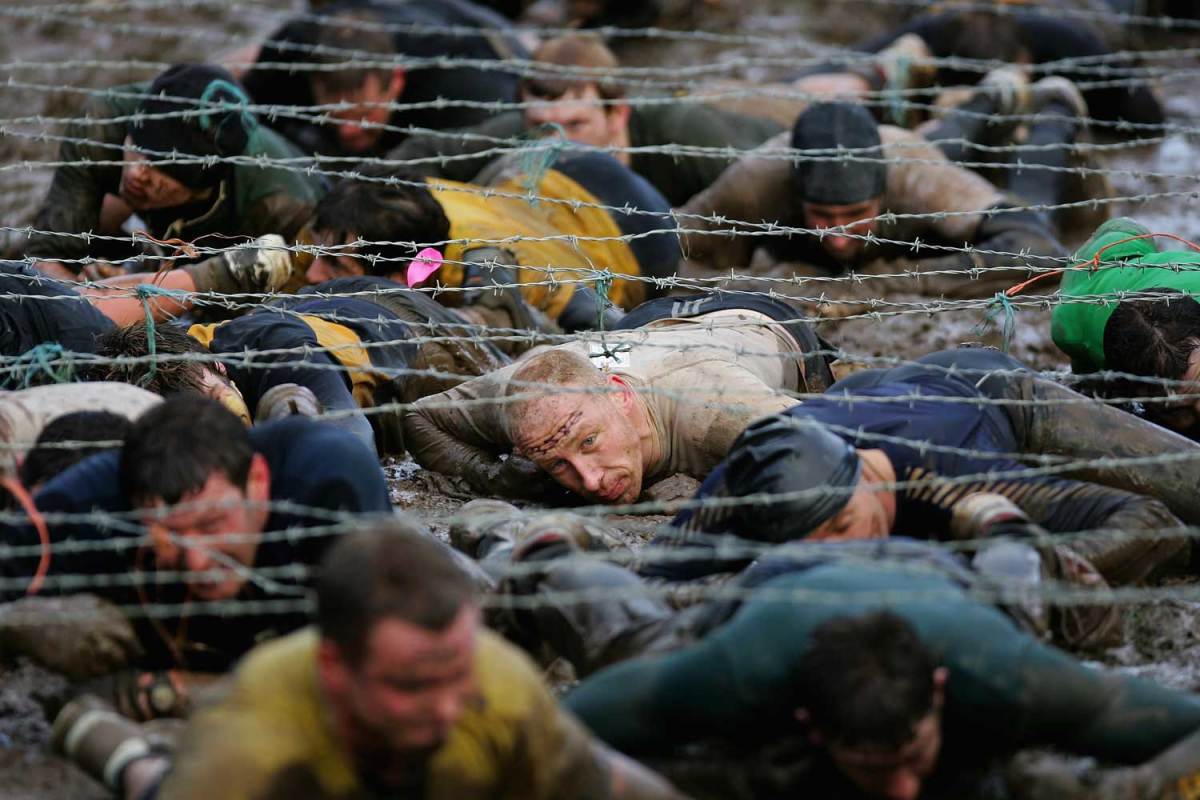
The annual Tough Guy Challenge at the South Perton Farm in Wolverhampton, England.
Wingsuit Flying
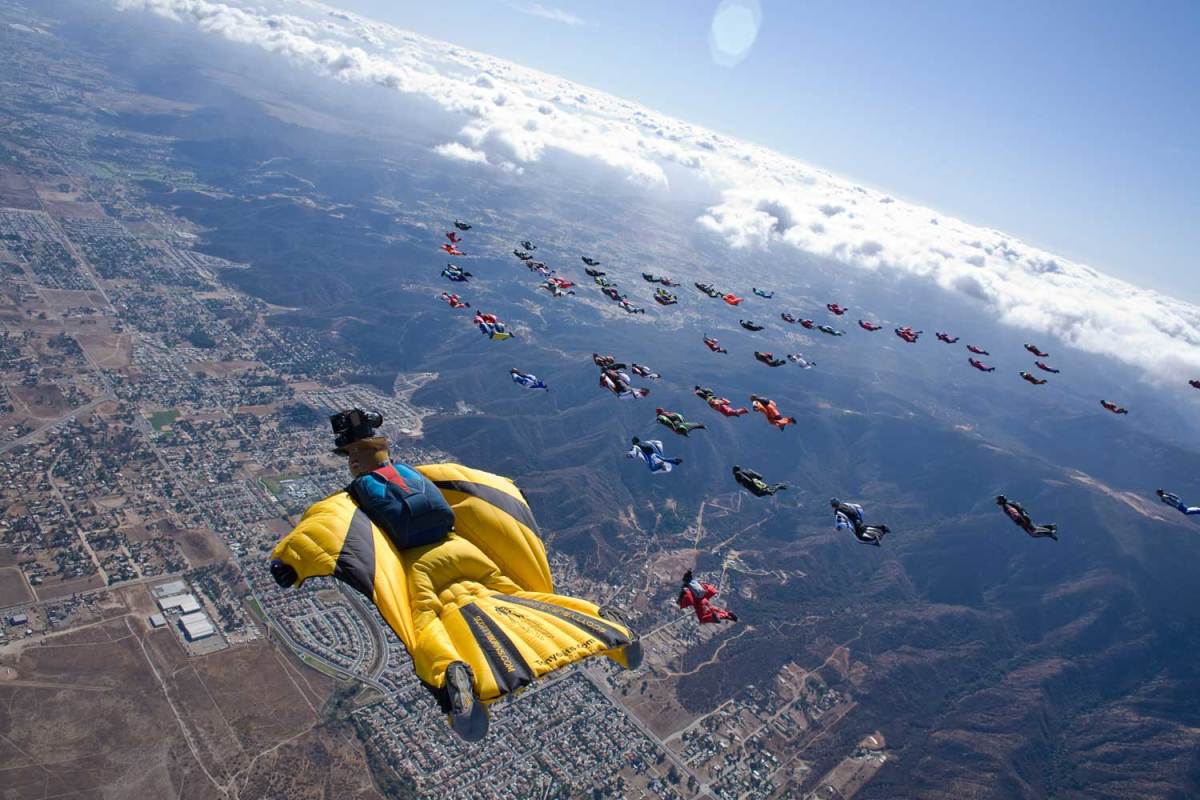
Wingsuit skydivers fly through the air above Lake Elsinore, California traveling at speeds over 100 mph.
Calcio Fiorentino
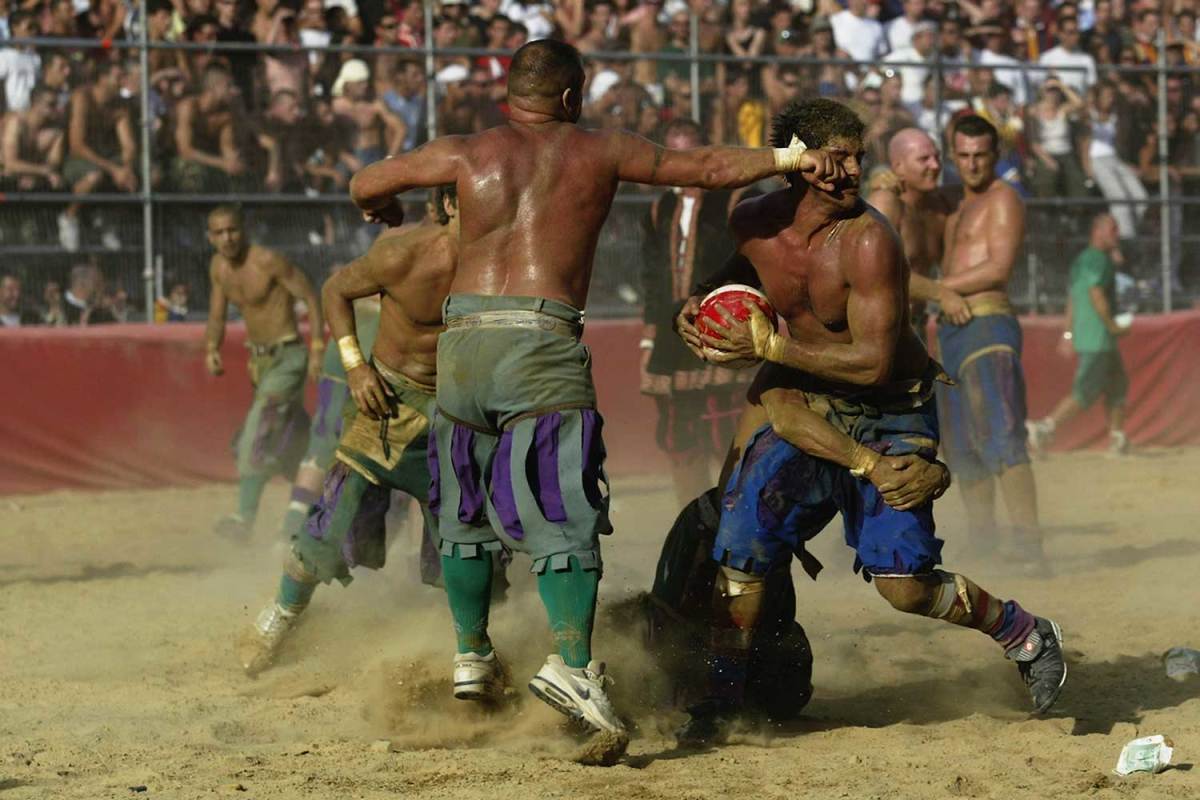
The Verdi and Azzurri teams fight for the ball during the Calcio Fiorentino, a medieval football event held between the four quarters of Florence since 1584 at La Piazza Santa Croce in Florence, Italy.
Endurance Challenege
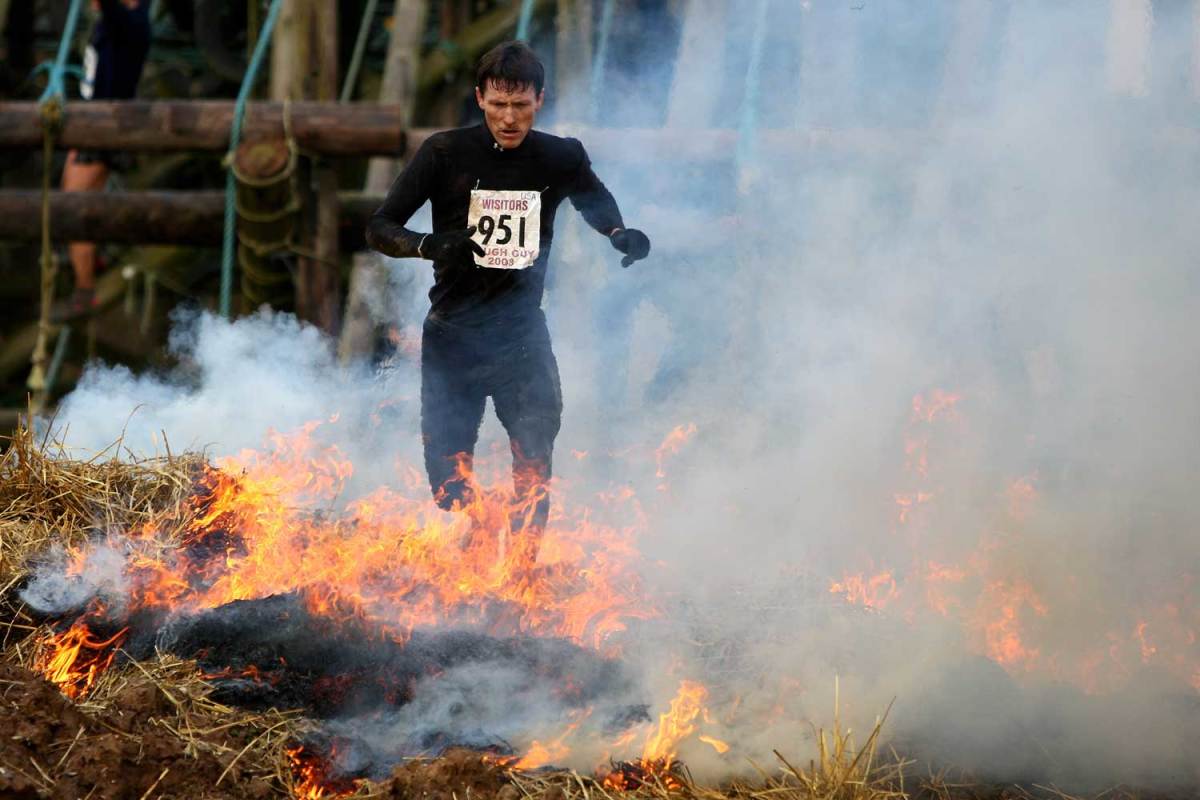
A Tough Guy Challenge competitor runs through flames during the race in Wolverhampton, England.
Surfing
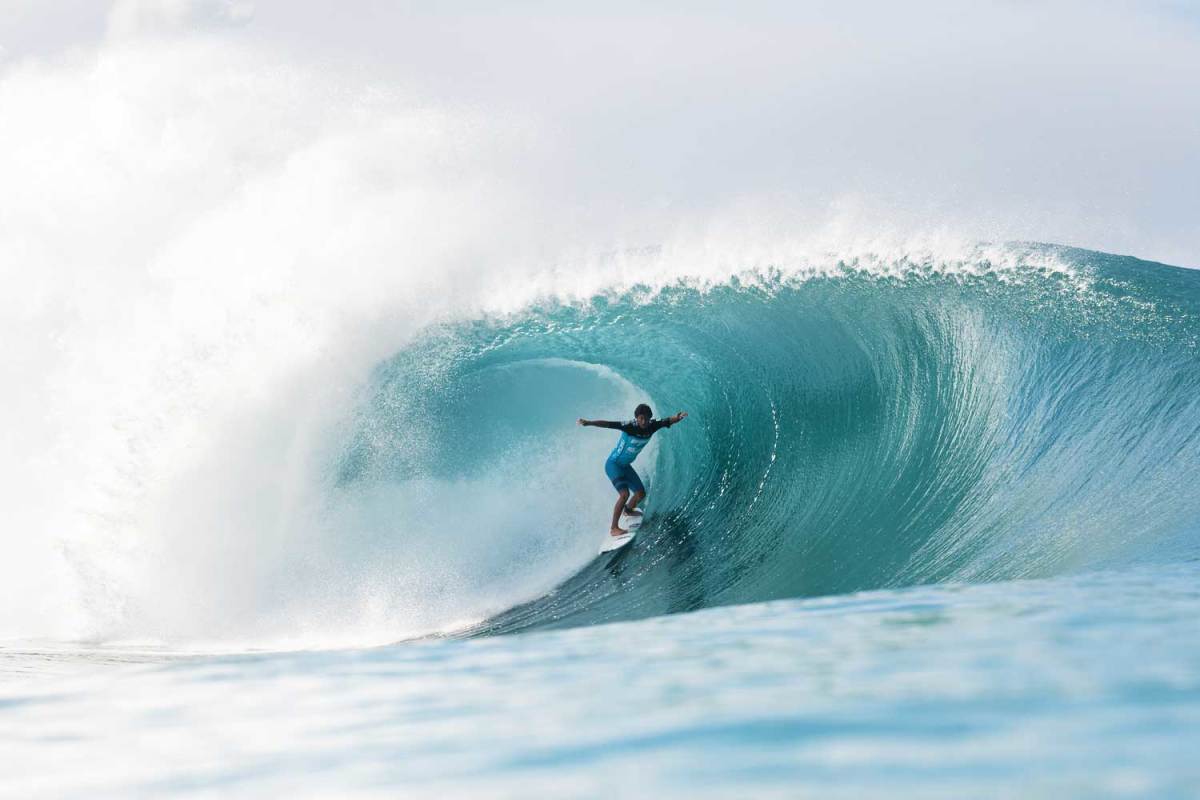
Miguel Pupo of Brasil slicing through a wave at the Billabong Pipe Masters in Haleiwa, Hawaii.
Wakeboarding
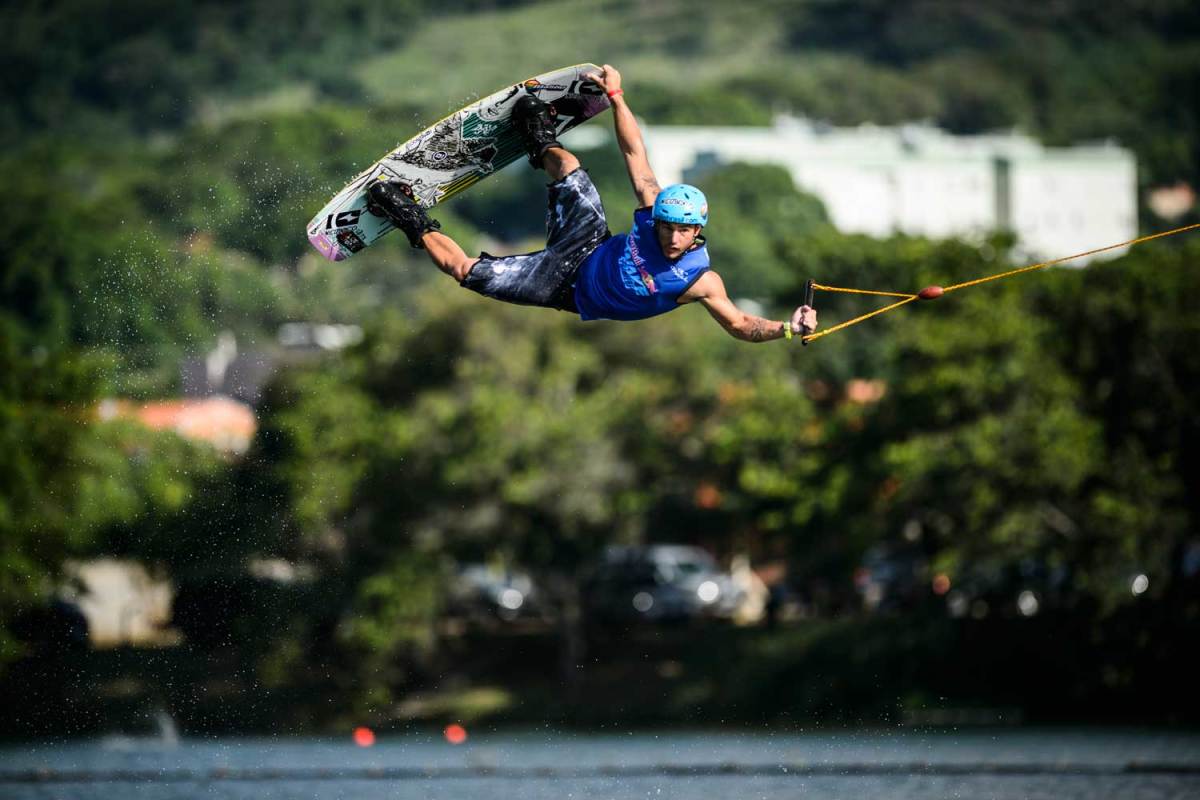
A professional wakeboarder practicing tricks on the open water.
Adventure Racing

A runner treks through the rugged terrain for an adventure-style endurance race.
Wind Surfing
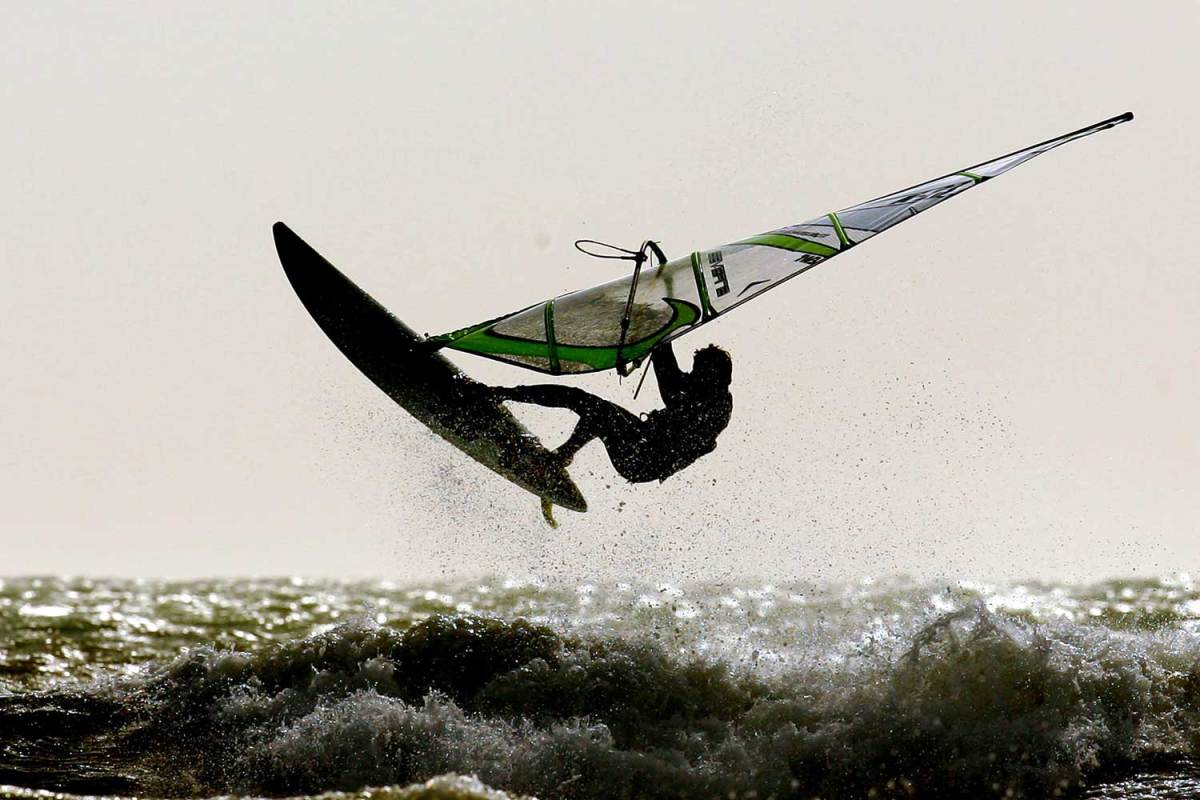
A competitor flies off a wave at the UK Finals Championships at the White Air Extreme Sports Festival in Sandown, Isle of Wright, England.
Skateboarding
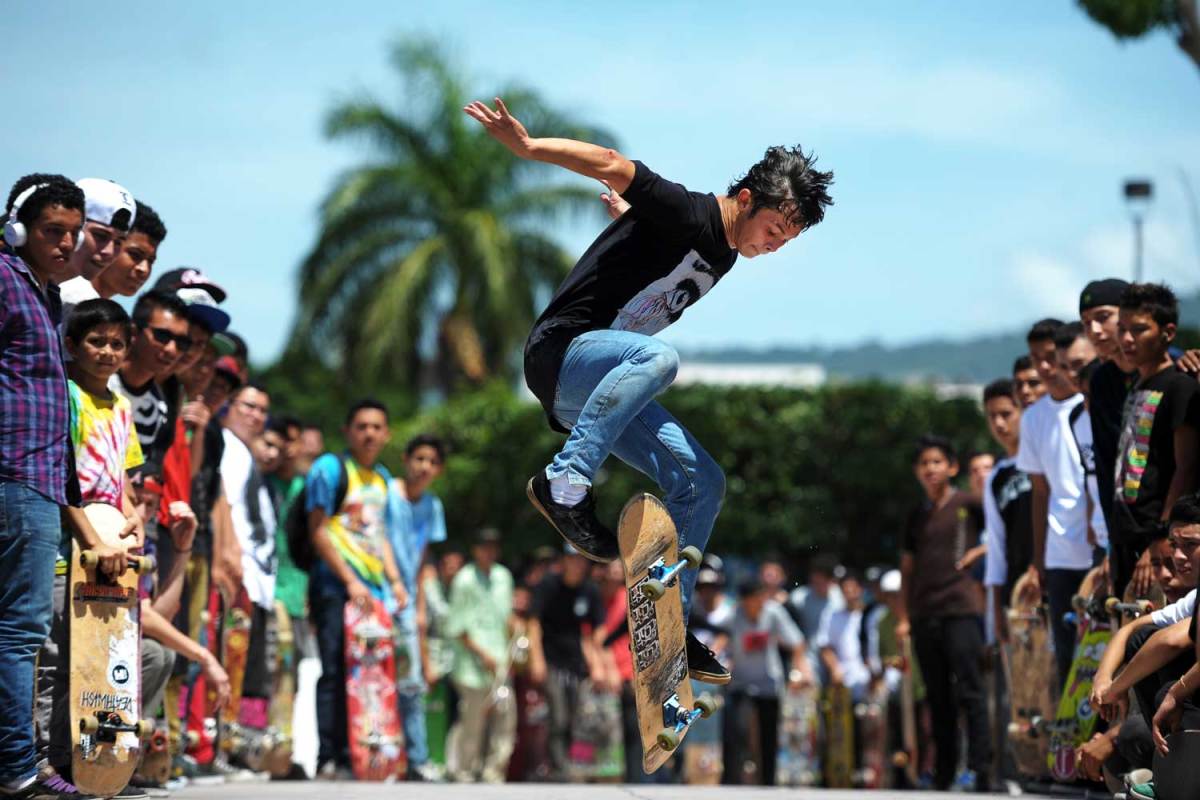
A skateboarder pops tricks in the streets of San Salvador, El Salvador.
